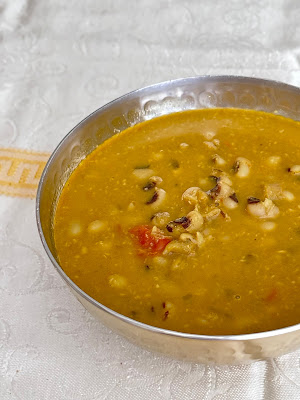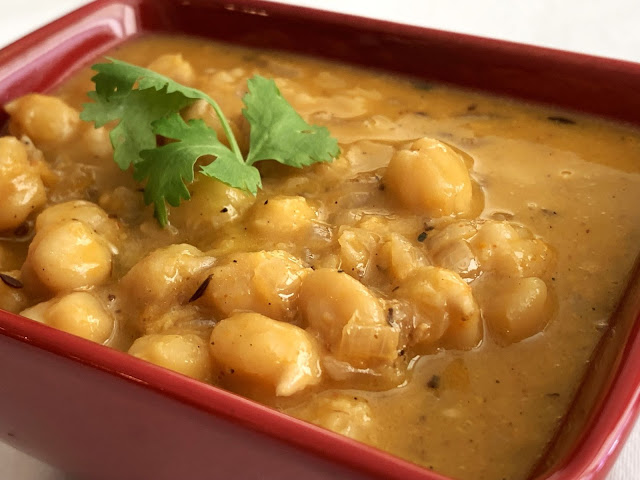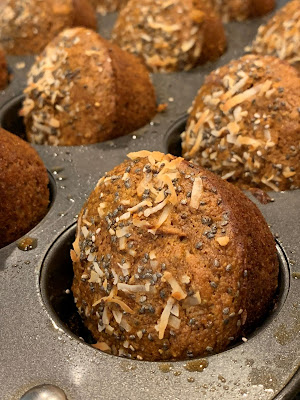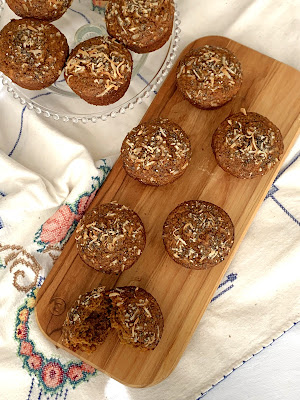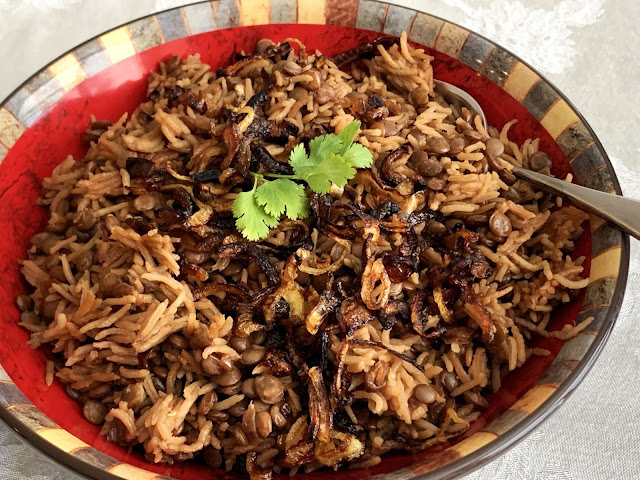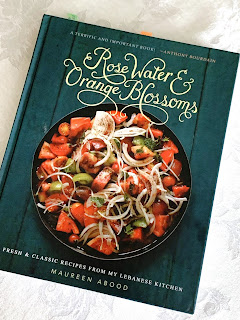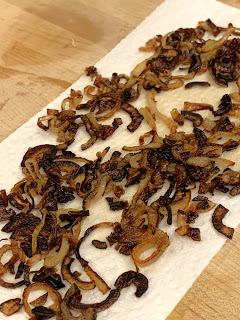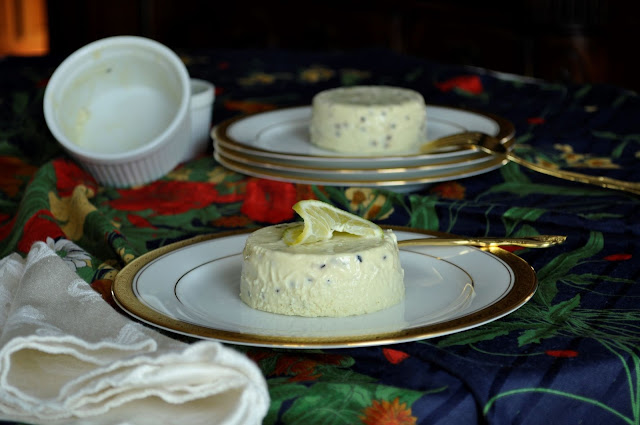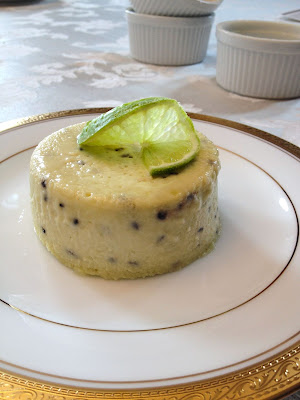I like to create cookbooks. For myself. To give to a friend or two. Nothing commercial. I was in the process of finishing up a fairly large book of bread. Bread in all senses of that word, including muffins, quick breads, pancakes, yeast breads, flavored yeast breads, sourdough. And as I was finishing up my very long task, of course something new popped up on my horizon. Yeast Water.
Yeast WaterMy First Yeast Water Bread
Okay, I have been making yeast bread, mainly one recipe, since I was about 23. I am now 75. Somewhere around 2014, I was introduced to sourdough in a new way. I had tried it before, became disenchanted, let it lapse. Now I had a book by Peter Reinhart called The Baker's Apprentice, and he explained things in a way I hadn't ever understood before. I made sourdough from scratch. Perfect. Made bread. Sometimes it was great and others, well, definitely not. Ultimately, this also lapsed, as I grew tired of constantly tossing out starter to make new batches. And I know, nowadays there are recipes that abound for using sourdough discards. Some years ago, these were nowhere apparent.
So, while looking for something else online, the words "yeast water" called my attention. This had nothing to do with what I was looking for, so I count this as pure serendipity. As I looked up yeast water, I found that there are possibly as many ways to make it as there are people and ideas. and what brings me here to write about it is simply because I read an article from King Arthur Flour about testing yeast water, and the comment that it takes longer to make than a starter with sourdough starter.
I will disagree with this, simply because I have been following a method shown online in a video from a German woman and I have followed that as a pattern for all yeast water breads since. In all the places, at that time about 3 years ago, that I read of how to make yeast water, they all stated to use water as per your need, with extra to begin a new batch, add a teaspoon of sugar and some dried fruit. I have used dates, raisins, dried cherries and dried figs at different times, to date. I usually use three dates to approximately 3 to 4 cups of water. All these suggestions said that as soon as the fruit all floated, the yeast water was ready to use.
The only other thing the German woman stated was that yeast water should be used in place of ALL water or liquid called for in the recipe. This means that if I use some of the yeast water to make a "starter," I need then to refresh the yeast water again to make enough for any other liquid called for in the recipe. The already live yeast water ferments again (with another teaspoon of sugar and another couple of dates) overnight very easily. Of course this all works best it it is made in a warm place. In summer my house is set at 79 or 80 degrees F. In winter, the oven with light on is a good substitute.
Creating a StarterFlax Sunflower Yeast Water Bread
In general, I like breads that take many days to make. I realize this is not feasible for everyone. But between Peter Reinhart's information and other places I have read over these intervening 10+ years, long rises are what give flour time to absorb liquids better and coax out flavors that would never be there if making a bread all in one day. Plus, slow rising at room temperature brings out different flavors from those unlocked in a long, slow, cold-rise. I am no expert on the chemical processes taking place and why. But I can with great authority state that the flavors of some of these breads have been phenomenal.
So if a bread recipe calls for using a starter, prep your yeast water (1 to 2 days in a warm place, if it is with a batch you've kept in the fridge. Longer if it is starting from scratch. Shorter if it is mid summer and you're sweating standing still!) Just keep in mind about 4 cups water all total to begin, whether fresh with fresh water of part yeast water, part water. Add a teaspoon of sugar and 2 - 3 dates, cut up in chunks, or a small handful of raisins or other dried fruit. Stir this well. It is best to keep in a jar without a tight fitting lid. I have some bail wire jars, and remove the rubber gasket. Then, stir the mixture several times a day, or whenever you think about it. Once all the fruit rise to the surface, it is ready to use.
Save the fruit! In any bread you're making, the fermented fruit can be added back into the bread dough and during kneading, it all but disappears. It adds a gentle fruitiness, but does not jump out with its flavor.
To make the starter, use about half yeast water and half flour, whether bread flour, whole wheat, rye or whatever you are working with. Stir well, cover and set aside in a warm place. It should be well risen by the following day. Meanwhile, use the remaining yeast water, add in more water, enough to cover any more liquids called for in the recipe with some left over, another teaspoon sugar and more fruit. Stir well. Shake or stir various times during the day, and by the following day it too should be ready to use.
Sometimes recipes call for a soaker as well, so this can be made at the same time and both set to do their thing overnight.
Making the Bread
When making your bread recipe, follow the instructions, simply substituting the refreshed yeast water for the liquid called for. To date, all the yeast water breads I have made have been ones calling for various rises, and taking three or four days to make in total. Warm rises, cold rises, great flavor and beautifully risen loaves. Most have been baked in my Dutch Oven. To date I have had zero failures. Best of all, no throwing sourdough starter discards down the drain.
 |
| Yeast Water Rye with Dried Cherries and Pumpkin Seeds |
Here is a recipe that is a mashup of a couple of recipes I found online (not yeast water recipes) that I altered and mixed together to something that sounded really good to me. As it turned out, it is a fabulous bread, nicely dense and chewy as I love, wonderful alone, slathered with butter and/or jam, made into a sandwich, or a nice open-faced sandwich as it is hefty enough. It is easy to slice thinly if preferred (I do). Oh! And grilled cheese! It makes fabulous grilled cheese.
Yeast Water Rye with Dried Cherries and Pumpkin Seeds
Makes one loaf
1 to 1 1/2 cups water
your existing yeast water
1 teaspoon sugar
2 - 3 chopped dates (or substitute 3 tablespoons dried tart cherries)





